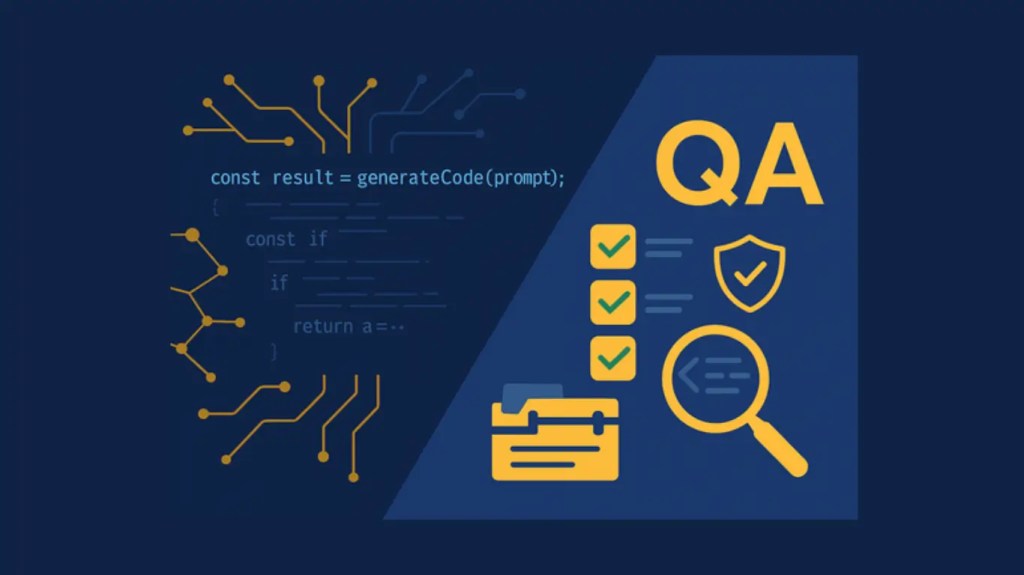(and how to switch without the headaches)
Most vendor relationships don’t implode—they drift. The pace, priorities, and expectations slowly fall out of sync, leaving you to do the heavy lifting to keep things moving. The shop that got your MVP out the door may not have the scale, senior talent, or foresight you need today. Releases slow down, fixes pile up, and you’re doing more steering than you should. If delivery feels like drag instead of lift, scan the ten signs below.
If several resonate, it’s a signal your needs have outgrown the relationship. The good news is that moving on doesn’t have to be a disruptive process. With a structured handoff—clear access, knowledge capture, and phased ownership—you can transition to a stronger partner without losing momentum.
1) Your roadmap is bigger than your partner’s vision
You’re thinking platforms, data strategy, and AI-driven capabilities. They’re still working ticket to ticket. An order-taker executes tasks; a true partner, on the other hand, pressure-tests the roadmap, prioritizes what matters, surfaces new revenue or efficiency angles, and flags where automation or better instrumentation will yield the greatest benefits. If every “what’s next?” comes from you, you’ve outgrown them.
2) Stand-ups don’t move work forward
Daily check-ins should unblock, reprioritize, and surface decisions—fast. If they’ve devolved into short status recaps (“still working,” “blocked, will update tomorrow”) and the real problem-solving happens in a separate meeting, you’re wasting cycles. That ritual is intended to expedite delivery, not merely document it.
3) Bugs and tech debt keep piling up
Recurring production issues, patch-on-top-of-patch fixes, or a defect backlog outgrowing the feature backlog point to a maturity gap. Strong engineering teams institutionalize quality through disciplined code reviews, automated tests, continuous integration, and a clear definition of “done.” When “we’ll clean that up later” becomes a familiar refrain, later rarely comes—and your release velocity pays for it.

4) They react to issues instead of preventing them
You flag a performance dip, they tune the query. You notice a UX drop-off, they run a quick A/B test. Useful? Yes. Sustainable? No. A proactive partner instruments the system, watches trends, and brings you the fix before customers feel pain. If you’re always the early-warning system, you’re subsidizing their lack of foresight.
5) They can’t add people or skills when you need them
Growth rarely announces itself on a neatly scheduled Gantt chart. Maybe you need a security architect for an upcoming audit or additional front-end capacity to meet a launch deadline. If your partner needs weeks to recruit or doesn’t have specialists (SREs, QA automation, data engineers, ML talent) on tap, you’ve hit their limits. Elastic capacity—without a quality dip—is non-negotiable in a scaling org.
6) Timelines slip and budgets balloon—again
One miss happens; repeated overruns indicate the process is flawed. If tasks keep slipping to the next sprint, “unexpected complexity” appears at the last minute, or change orders show up late, discovery and estimating are off. Without clear, accurate forecasts that your partner honors, you can’t provide leadership with dependable timelines or budgets.
7) Security and compliance aren’t built into the process
In today’s environment, SOC 2 evidence, GDPR readiness, HIPAA controls, and state privacy obligations are table stakes. If those conversations only surface at release gates or when an auditor knocks, risk is already accruing. A capable partner bakes threat modeling, secure coding standards, logging, and documentation into day-to-day delivery, not as an afterthought.
8) Quick fixes and hacks are running your integrations
If you’re still using manual CSVs, fragile cron jobs, or duplicated data, those “temporary” fixes have become your actual architecture. As systems grow, those patches break. You need a partner who can build proper integrations—event-driven flows, solid APIs, queues, and monitoring—so everything scales without constant repairs.\
👋 Is your development partner keeping up with your speed?
Let’s explore how Curotec can help you regain momentum. Get in touch to learn more!
Trusted by tech leaders at:



9) Their team churn is slowing your progress
Constantly re-explaining business logic to new developers? Seeing regressions because the person who wrote a module left? High turnover on their side becomes real cost on yours—lost context, inconsistent code styles, and project drag. A serious shop retains talent, documents well, and standardizes handoffs internally so you aren’t paying to re-onboard every quarter.
10) You spend more time managing them than your product
If your product owner is chasing updates, clarifying scope, and reconciling reports, that’s wasted time. A solid partner provides clear dashboards, asynchronous updates, and visible risk logs, enabling fast decision-making. You focus on the product; they handle delivery.
“We know we need to switch. We just don’t want the chaos.”
Switching Partners Doesn’t Have to Be a Nightmare

When teams contemplate replacing their development partner, a predictable wave of uncertainty rolls in. Leaders worry about gaps in knowledge, missed release dates, and the politics of asking the incumbent to step aside. Boiled down, the anxiety usually centers on a few basic questions:
- What exactly will a new team need?
- How long will the hand‑off drag on?
- What happens if the incumbent agency gets protective?
Below is the playbook we use at Curotec so the hand‑off process feels buttoned‑up rather than chaotic.
 What We Collect (and Why)
What We Collect (and Why)
Take‑away: Capturing these four data buckets up‑front lets us recreate the full delivery picture in hours—not weeks—so momentum never dips.
 How Long It Takes
How Long It Takes
*Timelines assume reasonable cooperation. If the outgoing agency is slow to respond, we pad the schedule and keep the client informed.
Take‑away: Prospects see that even a complex, regulated system moves to Curotec in a matter of weeks—with overlap that prevents any release blackout.
 When the Outgoing Agency Gets Defensive
When the Outgoing Agency Gets Defensive
Take‑away: Even if the incumbent shop digs in its heels, a structured, client‑first approach keeps the hand‑off civil and the project on track.
Don’t let an out‑of‑sync partnership hold your project back. Curotec’s structured hand‑off process, senior engineering talent, and business‑first mindset ensure you gain speed and clarity without the usual transition headaches. Ready to see what a higher‑caliber partnership looks like? Contact Curotec for a brief discovery call, and we’ll outline the next steps for a smooth, low‑risk switch.









